Bank of Canada Rate Announcement Dec 9th, 2020
Bank of Canada will maintain current level of policy rate until inflation objective is achieved, continues its quantitative easing program.
The Bank of Canada today maintained its target for the overnight rate at the effective lower bound of ¼ percent, with the Bank Rate at ½ percent and the deposit rate at ¼ percent. The Bank is maintaining its extraordinary forward guidance, reinforced and supplemented by its quantitative easing (QE) program, which continues at its current pace of at least $4 billion per week.
The rebound in the global and Canadian economies has unfolded largely as the Bank had anticipated in its October Monetary Policy Report (MPR). More recently, news on the development of effective vaccines is providing reassurance that the pandemic will end and more normal activities will resume, although the pace and breadth of the global rollout of vaccinations remain uncertain. Near term, new waves of infections are expected to set back recoveries in many parts of the world. Accommodative policy and financial conditions are continuing to provide support across most regions. Stronger demand is pushing up prices for most commodities, including oil. A broad-based decline in the US exchange rate has contributed to a further appreciation of the Canadian dollar.
In Canada, national accounts data for the third quarter were consistent with the Bank’s expectations of a sharp economic rebound following the precipitous decline in the second quarter. The labour market continues to recoup the jobs that were lost at the start of the pandemic, albeit at a slower pace. However, activity remains highly uneven across different sectors and groups of workers. Economic momentum heading into the fourth quarter appears to be stronger than was expected in October but, in recent weeks, record high cases of COVID-19 in many parts of Canada are forcing re-imposition of restrictions. This can be expected to weigh on growth in the first quarter of 2021 and contribute to a choppy trajectory until a vaccine is widely available. The federal government’s recently announced measures should help maintain business and household incomes during this second wave of the pandemic and support the recovery.
CPI inflation in October picked up to 0.7 percent, largely reflecting higher prices for fresh fruits and vegetables. While this suggests a slightly firmer track for inflation in the fourth quarter, the outlook for inflation remains in line with the October MPR projection. Measures of core inflation are all below 2 percent, and considerable economic slack is expected to continue to weigh on inflation for some time.
Canada’s economic recovery will continue to require extraordinary monetary policy support. The Governing Council will hold the policy interest rate at the effective lower bound until economic slack is absorbed so that the 2 percent inflation target is sustainably achieved. In our October projection, this does not happen until into 2023. To reinforce this commitment and keep interest rates low across the yield curve, the Bank will continue its QE program until the recovery is well underway and will adjust it as required to help bring inflation back to target on a sustainable basis. We remain committed to providing the monetary policy stimulus needed to support the recovery and achieve the inflation objective.
Information note
The next scheduled date for announcing the overnight rate target is January 20, 2021. The next full update of the Bank’s outlook for the economy and inflation, including risks to the projection, will be published in the MPR at the same time.
Subsequent to the Bank’s previously announced review of the publication time of its interest rate announcements, the Bank re-confirms that it will remain at 10:00 (ET). As announced, starting in January the target for the overnight rate will take effect on the business day following each rate announcement.
Share
RECENT POSTS





